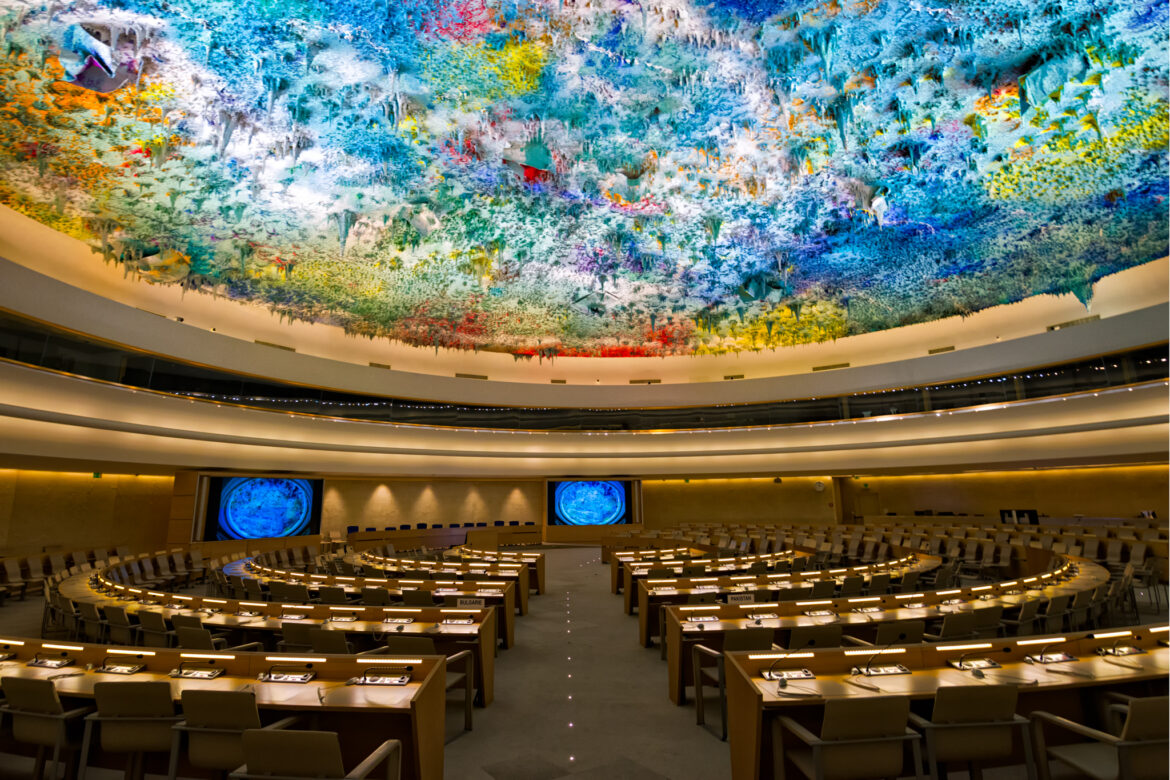In the face of conflict, what means more: to engage, or to abstain?
Amid wars, accusations of political mismanagement, faulty statements, and sides to be drawn seemingly everyday, it is often the human reaction to want to become involved. It is precisely this human condition that is described by Darwin, and later put into political, power-hungry terms by Kenneth Waltz, who argued that war is seen as the easy option when given a list of possible actions upon facing conflict.
What I propose is that rather than offensive, reactionary stances towards international conflict, political leaders should be defensive and run accurate, long-run analysis of threats before developing incomplete ad-hoc strategies. Or better yet, take a stronger stance of neutrality, known colloquially in diplomatic practice as “playing to Switzerland.” To remain neutral is to still take action – by standing in the face of conflict and maintaining a non-involvement procedure, the precedent that is set incites international discussion around cooperation, model diplomacy, and strategic strategies. As a political strategy, neutrality is defined by the United Nations (UN) as “abstention of a state from all participation in a war between other states, the maintenance of an attitude of impartiality toward the belligerents, and the recognition by the belligerents of this abstention and impartiality.” Therefore, neutrality is a legally-recognized state status in the international system. Neutrality is further encouraged in the UN Charter, by placing emphasis on international conflict resolution by the techniques of minimal force to achieve collective, mutually beneficial agreements for peace.
Rather than to isolate Swiss neutrality as a normative example for neutrality, the illustration of Switzerland’s highly renowned diplomacy dates back to the defeat of the Battle of Marignano to the French Republic and later into the Napoleonic Wars, modeling a forward-thinking international strategy. Looking to avoid future major international conflicts and social devastation after Marignano, the Confederacy secured geographical security between France and Austria, by enshrining “perpetual neutrality” in the 1815 Treaty of Paris. Specifically, the Treaty formally establishes that the Swiss Guard is no longer to be deployed for engagement in foreign conflicts, nor would the government actively pursue political discussion (aside from peacekeeping and diplomatic cooperation) in war-like or divisive international negotiations. This pro-peace, non-interventionist model of international peacekeeping has shaped Swiss practices in diplomacy and peace-building initiatives as early as 1515, serving as a model for other countries. Consequently and most notably, Geneva is now a major hub for 42 of the world’s civil society organizations and hosts academics, politicians, and houses the largest number of diplomats globally. Swiss neutrality, and these statistics, demonstrate a positive correlation between their international strategy and the subsequent role that they are able to play as a pivotal actor for the facilitation of multilateral cooperation.
Explanations for contemporary international conflicts can be explained using a wide variety of theories regarding state-level or system-level arguments, suggesting the incapability of preventive diplomacy to resolve disputes before they emerge as larger-scale predicaments. Waltz suggests that inherent domestic structural aspects and characteristics of a state will subsequently impact how state-wide policy will appear and interact within the international sphere. Thus, to determine why some states tend to adopt– or, to reject– neutrality, one must examine domestic-level politics to capture an accurate understanding of this phenomenon. This explanation, while valid, does not provide reasoning for contemporary trends in international relations (IR) outside of the Anglo-Saxon Western school of thought. Regions such as China and South-Central Asia propose their own models, many of which have increasingly significant implications for IR analysis and academics when exploring post Cold-War conflicts.
Amongst European states, there is an increasing appreciation and push for neutrality as present threats to transnational security are more political in nature than military. Strength in diplomacy and positive relations in foreign policy maintain a commitment to the enduring hope of peaceful coexistence amid war. This is what I have previously alluded to: the art of active diplomacy. Neutrality is practiced by countries such as Finland, Sweden, Turkmenistan, and Malta. However, their historical proclamations of passive, rather than active neutrality is taking the back seat with the war in Ukraine. Seemingly, the international community has perceived the actual threat to state sovereignty by a global superpower to pose greater significance, with some claiming that the past years’ geopolitical instability is “bringing war back to Europe.” In these instances, the abandonment of a complete neutral stance should be abandoned, for it cannot be forgotten that it is the balance of defensive and offensive practices that enable neutrality to be a viable strategy. Countries must be adaptable, and prepared to pursue active diplomatic alliances – always, with the objective of collective peace.
Active neutrality as an extension of soft power in foreign policymaking aims to minimize international suffrage and conflict by developing a critical examination of how short-term decisions will impact future domestic and international regimes. It does this by proposing a theoretical framework that emphasizes the role of the community of states as sharing common goals for a mutually acceptable outcome. In this case, the ideal outcome would be world peace and the end to international disputes. As there has been an established link between prioritizing the promotion of avoiding conflict through neutrality and strong diplomacy, it can be asserted that there exists a sort of “blueprint” for bringing larger world peace during times of wars and conflicts. But can all world powers choose to actively lay down their attacks, lay down their weapons, and attempt to shift the order of foreign relations? While in practice, is this strategy of active neutrality too good a pursuit to be true?
It might be. But it is absolutely a pursuit that we must all keep in mind when approaching conflict to restrain the human tendency to dominate and act on power.
Edited by Liz Bredt

Olivia Bornyi joined the Catalyst team in January 2023, bringing with her a fresh and critical analysis of political relations and development studies. She is entering her fourth year of Political Science and International Development Studies at McGill University, and just completed a semester abroad at Sciences Po in Paris, France! Olivia’s research interests include security studies, social discourses on political relations, humanitarian diplomacy, and comparative studies of development. Outside of academics, Olivia enjoys planning future travels, knitting, and discovering new cafés in Montréal.

